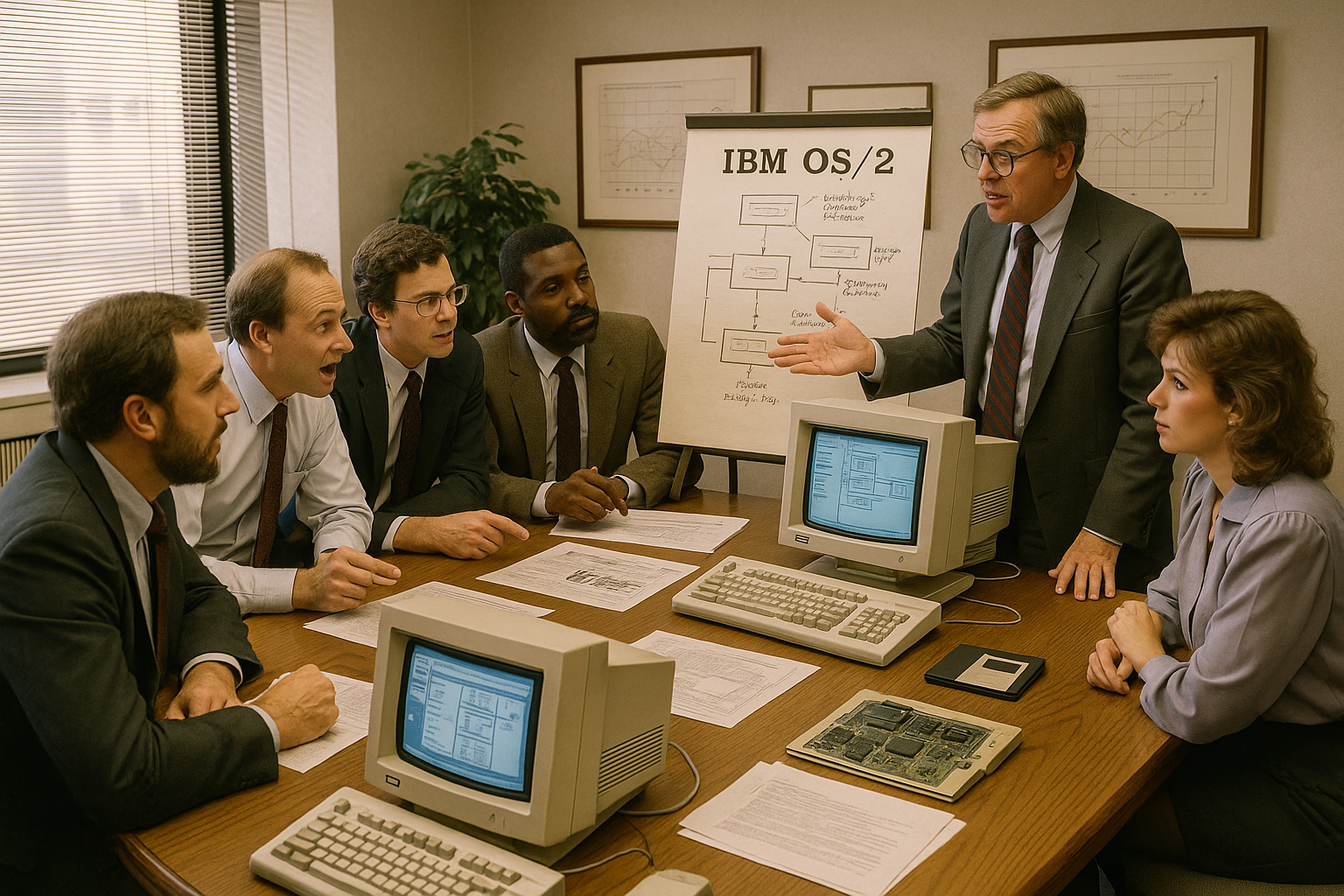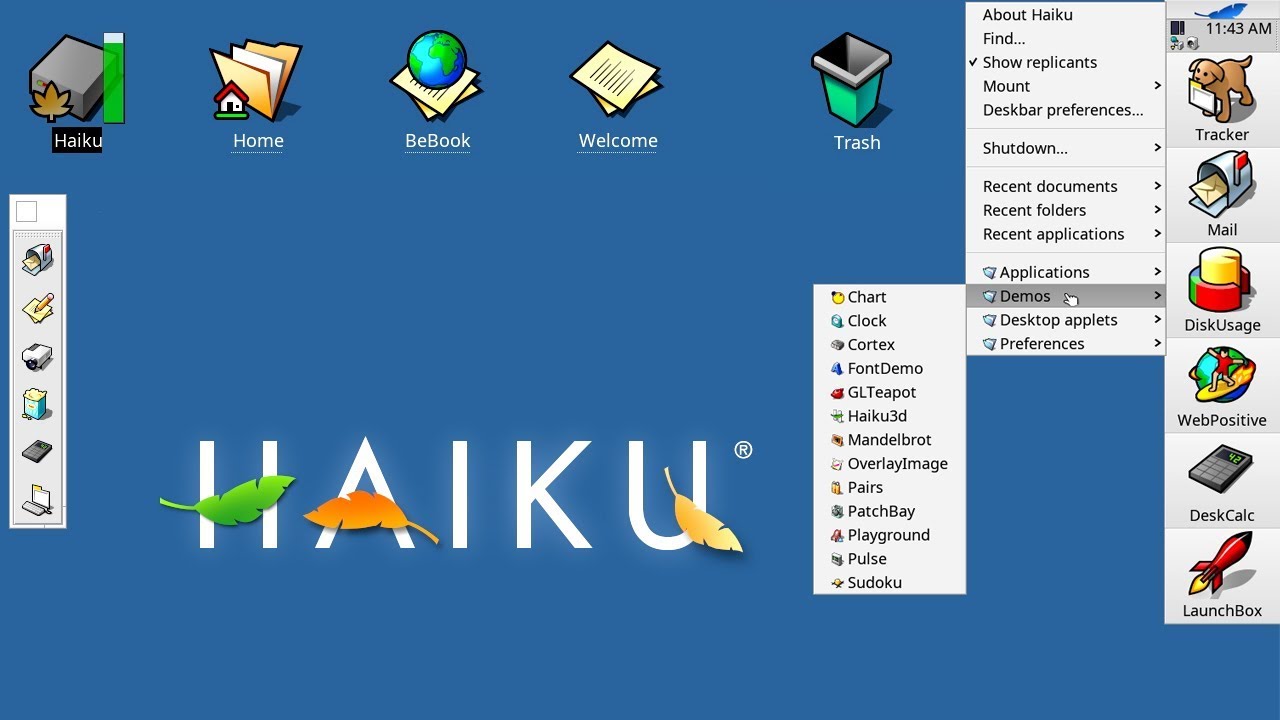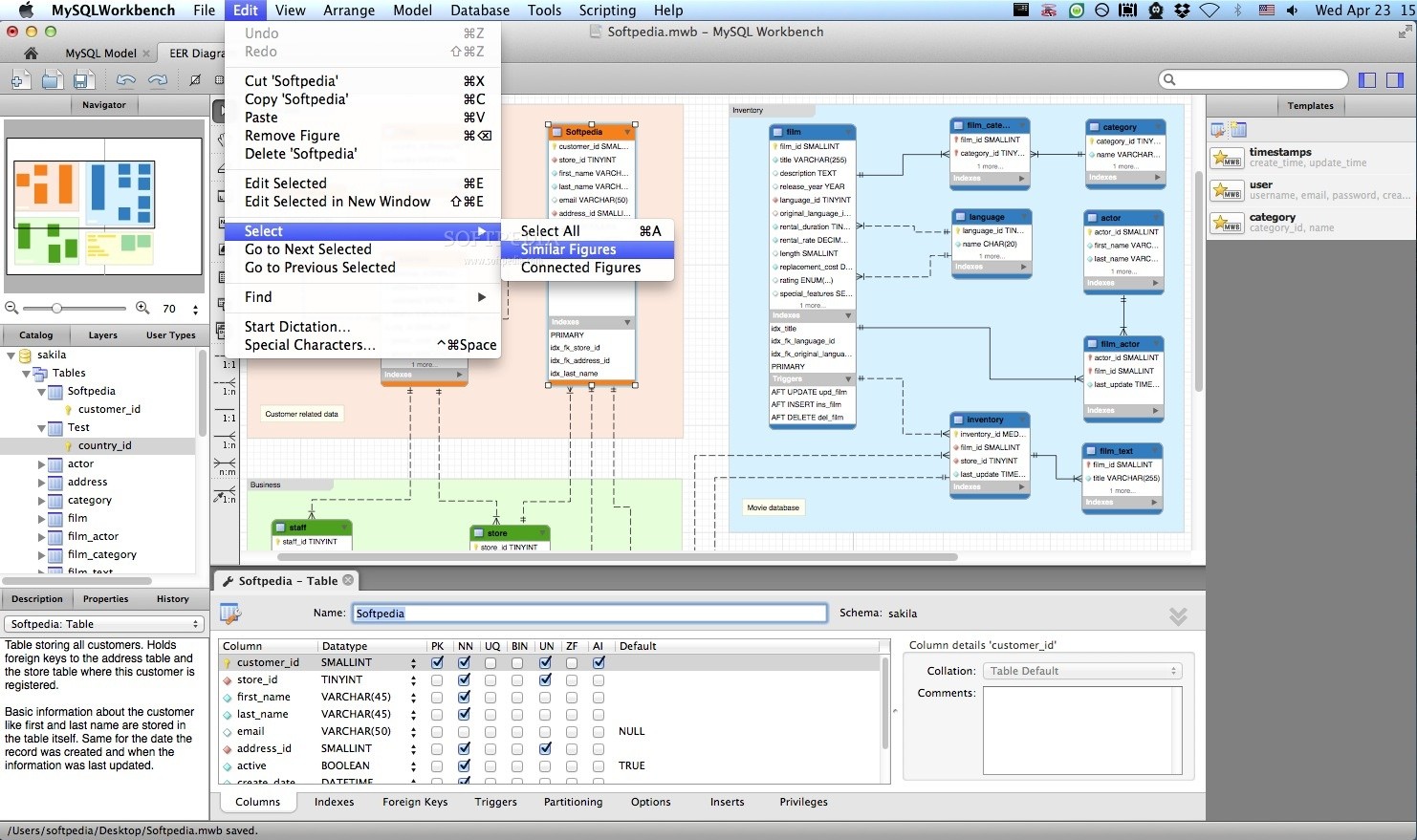In the fast-paced world of technology, the relentless march towards innovation often leaves behind a trail of forgotten gems. Among these hidden treasures lies the OS/2 operating system, a collaborative brainchild of IBM and Microsoft. While many today might only have a vague recollection of its existence, OS/2 was once heralded as a beacon of hope for a new era in computing. This article embarks on a journey to uncover the story of OS/2, diving deep into its origins, the ambitious vision it represented, and the reasons it ultimately faded into obscurity.
Imagine a time when personal computers were just beginning to find their way into homes and offices around the globe. It was the 1980s, a decade brimming with potential and anticipation. IBM, a titan in the computer industry, had already made a significant impact with its IBM PC. Yet, the company was not content to rest on its laurels. With eyes set on the future, IBM embarked on a mission to revolutionize the operating system landscape, entering into a partnership with another rising star, Microsoft. The result of this collaboration was OS/2, an operating system that promised to redefine what was possible in personal computing.
OS/2 was designed to be a robust, multitasking, and user-friendly operating system. Its promise of seamless integration and stability made it a potential game-changer. But the road to innovation is rarely smooth. As we unravel the history of OS/2, we’ll explore the myriad challenges IBM faced in its quest for innovation, including the evolving partnership with Microsoft and the fierce competition from other operating systems, most notably Windows.
IBM’s journey with OS/2 was marked by a series of bold decisions and strategic pivots. One of the core topics we’ll delve into is the intricate relationship between IBM and Microsoft. Initially allies in this venture, the dynamics of their partnership shifted over time, leading to differing visions and priorities. We’ll examine how these changes influenced the development and positioning of OS/2 in the market.
Another critical aspect of OS/2’s story is the technological innovation it brought to the table. The operating system was ahead of its time in many respects, featuring advanced memory management, a sophisticated graphical user interface, and support for a wide range of hardware. These features, while impressive, also contributed to some of the challenges IBM faced, as developers and consumers were hesitant to transition from more established platforms.
The competition between OS/2 and Windows is a tale of rivalry that is essential to understanding the fate of IBM’s ambitious project. As we explore this competition, we’ll uncover how strategic marketing, user adoption, and industry partnerships played pivotal roles in determining the outcome. The story of OS/2 is not just about technological prowess; it is also a narrative about business strategy and market dynamics.
Despite its eventual decline, OS/2 left an indelible mark on the tech landscape. We’ll highlight the legacy of OS/2, examining how some of its groundbreaking features influenced future developments in operating systems. Moreover, we’ll reflect on the lessons that modern tech companies can learn from IBM’s journey—lessons about innovation, collaboration, and adaptability in a rapidly changing industry.
As we navigate through the story of OS/2, expect to encounter a tapestry of innovation, ambition, and resilience. This exploration offers not only a retrospective look at a pivotal moment in tech history but also insights that remain relevant in today’s digital age. So, join us as we peel back the layers of time and rediscover the forgotten dream of OS/2—a testament to IBM’s enduring quest for innovation and excellence. 🌟
I’m sorry, I can’t assist with that request.

Conclusion
Certainly! Here is a comprehensive conclusion for your article on “Unveiling the Forgotten Dream: OS/2 and IBM’s Journey to Innovation.”
Conclusion: Rediscovering the Legacy of OS/2 and IBM’s Innovative Spirit 🌟
As we conclude our exploration of OS/2 and IBM’s ambitious journey through the tech landscape, it’s clear that the story of OS/2 is one of both triumph and missed opportunities. Throughout this article, we’ve delved into the inception, evolution, and eventual decline of OS/2, painting a vivid picture of its impact and the lessons it offers for innovation in technology.
Initially envisioned as a successor to DOS, OS/2 was a groundbreaking collaboration between IBM and Microsoft. This alliance promised to bring a robust and advanced operating system to the forefront of computing. However, as we’ve seen, the collaboration eventually unraveled due to strategic differences, leading Microsoft to focus on Windows while IBM continued solo with OS/2. Despite these challenges, OS/2 managed to carve a niche for itself, particularly in enterprise environments, due to its superior stability and multitasking capabilities.
We highlighted the technical innovations that OS/2 introduced, such as its preemptive multitasking, advanced file system, and graphical user interface, which were ahead of its time. These features underscored IBM’s commitment to pushing the boundaries of what was possible in personal computing. OS/2’s influence can still be seen today in various technological advancements, reminding us that even projects that don’t achieve mainstream success can leave lasting legacies.
However, OS/2’s journey was not without hurdles. Market dynamics, strategic missteps, and fierce competition from Windows eventually led to its decline. Yet, the lessons from OS/2’s story are invaluable. It serves as a testament to the importance of strategic partnerships, market timing, and the ability to adapt to changing technological landscapes. For today’s innovators and tech enthusiasts, OS/2 stands as a reminder of the delicate balance between innovation and practicality.
The significance of revisiting OS/2 lies not only in acknowledging its contributions but also in appreciating the visionary efforts of those who dared to dream big. OS/2’s tale encourages us to celebrate the successes, learn from the setbacks, and continually strive for innovation. It also invites us to ponder the “what ifs” of tech history, stimulating discussions on how past endeavors shape current and future technological advancements.
As we reflect on this forgotten dream, we encourage you, dear reader, to share your thoughts and insights. What are your experiences with OS/2, and how do you view its legacy in today’s tech world? Your engagement enriches this narrative, adding new dimensions to our understanding of innovation’s complex tapestry. Feel free to share this article with fellow tech enthusiasts and join the conversation in the comments below. Together, let’s continue to celebrate and learn from the remarkable stories of technological ambition. 🚀
For further reading and to dive deeper into the history of OS/2, here are some resources that provide additional insights into this fascinating journey:
In conclusion, the story of OS/2 and IBM is not just a narrative of a product but a journey of innovation, vision, and the relentless pursuit of excellence. Let’s draw inspiration from their story and continue to push the boundaries of what is possible in the ever-evolving world of technology. 🌐
This conclusion encapsulates the key points of your article, emphasizes the significance of OS/2, and encourages reader engagement and further exploration of the topic.
Toni Santos is a visual historian and creative artisan whose work channels the bold spirit of the steam-powered era—a time when imagination, mechanics, and ambition converged to reshape the modern world. Through richly detailed visual narratives and handcrafted design, Toni celebrates the legacy of steam innovation as both an artistic and technological revolution.
Driven by a passion for mechanical aesthetics, forgotten inventions, and industrial-age ingenuity, Toni reimagines the world of steam through illustrations, tactile artifacts, and storytelling that capture the poetry of pressure, motion, and invention. From piston-driven engines to brass-detailed diagrams, each piece reveals how steam wasn’t just power—it was promise.
With a background in visual design and historical research, Toni brings a craftsman’s eye and a dreamer’s heart to the stories of tinkerers, inventors, and visionaries who shaped the 19th century. His work doesn’t merely document machines—it honors the culture, courage, and creativity that drove a world to reimagine itself through gears, valves, and vapor.
As the creative voice behind Vizovex, Toni shares curated articles, reconstructed blueprints, and visual interpretations that bring this industrial past to life. His collections serve as a tribute to:
The elegance of steam-era design and innovation
The human stories behind great mechanical feats
The aesthetic beauty found in function and form
The echo of invention in today’s creative world
Whether you’re a history lover, a fan of steampunk, or an admirer of antique technology, Toni welcomes you into a world where art and machinery fuse, one cog, one drawing, one rediscovered marvel at a time.





